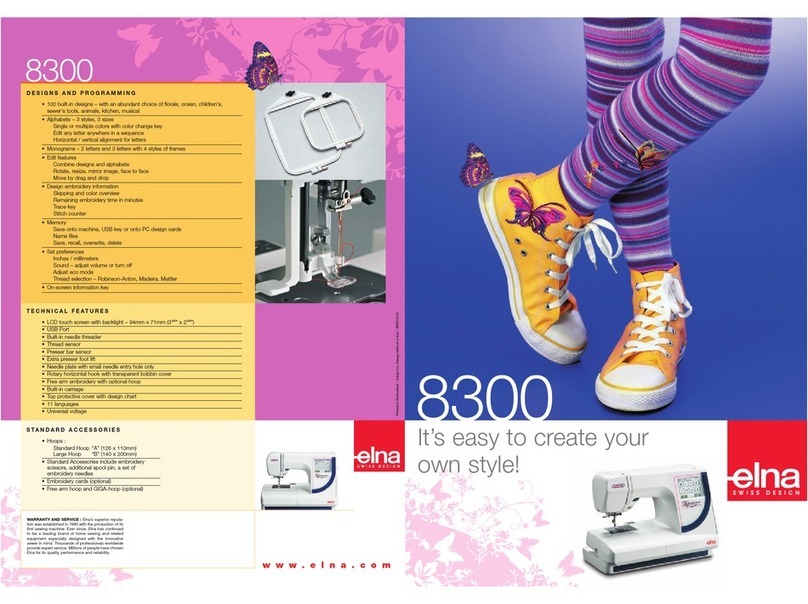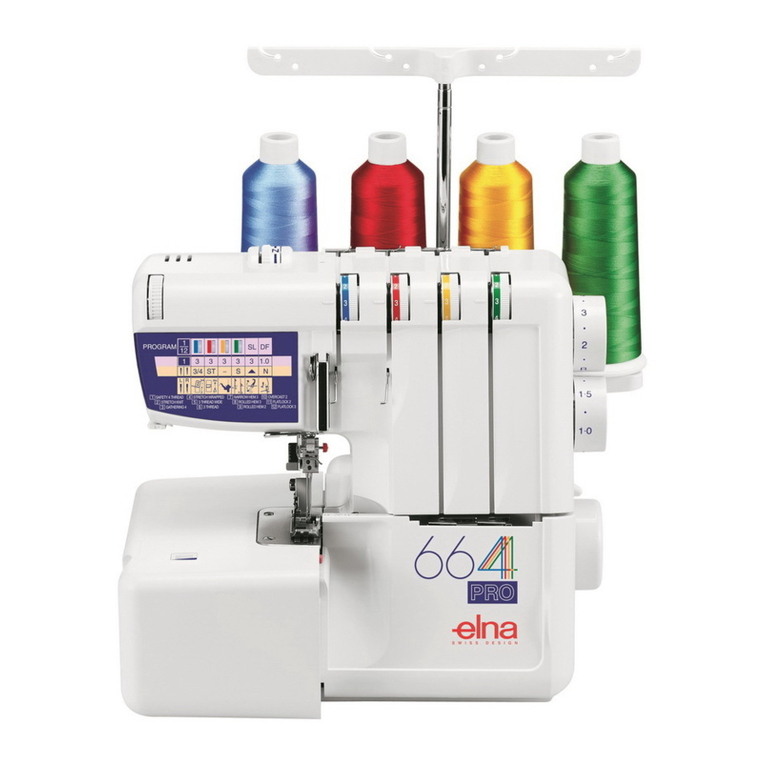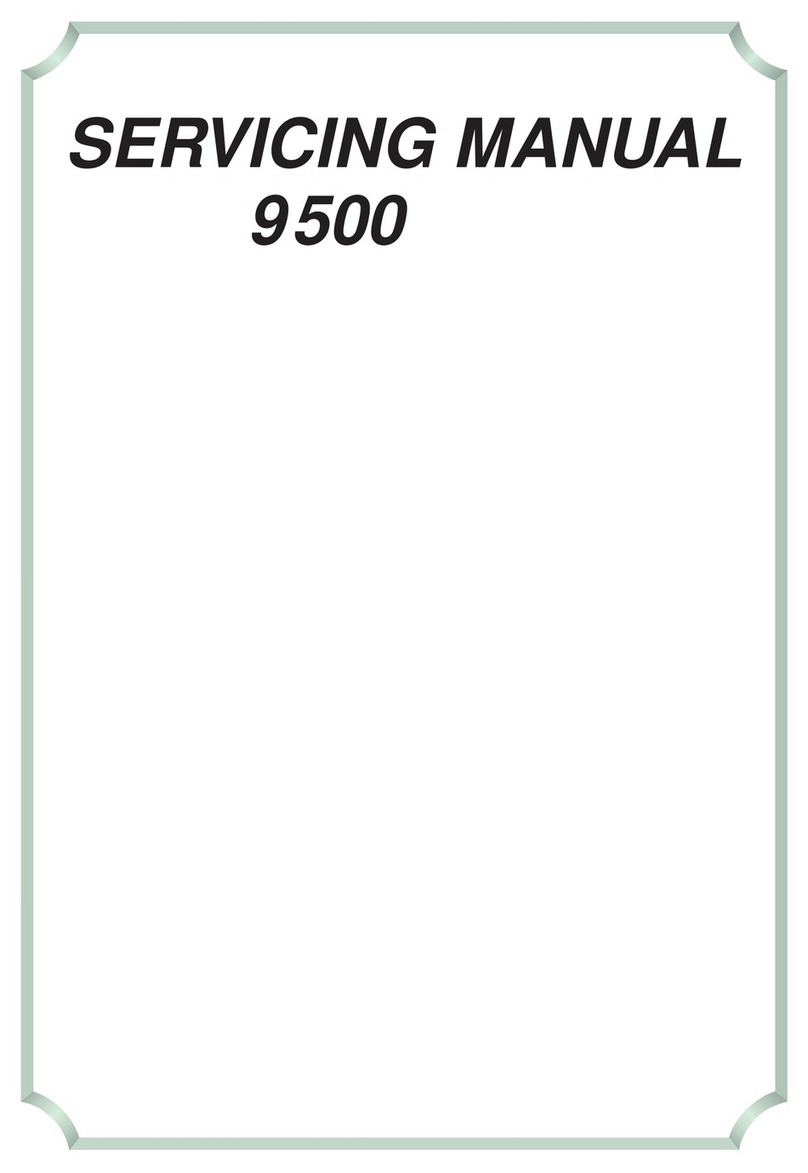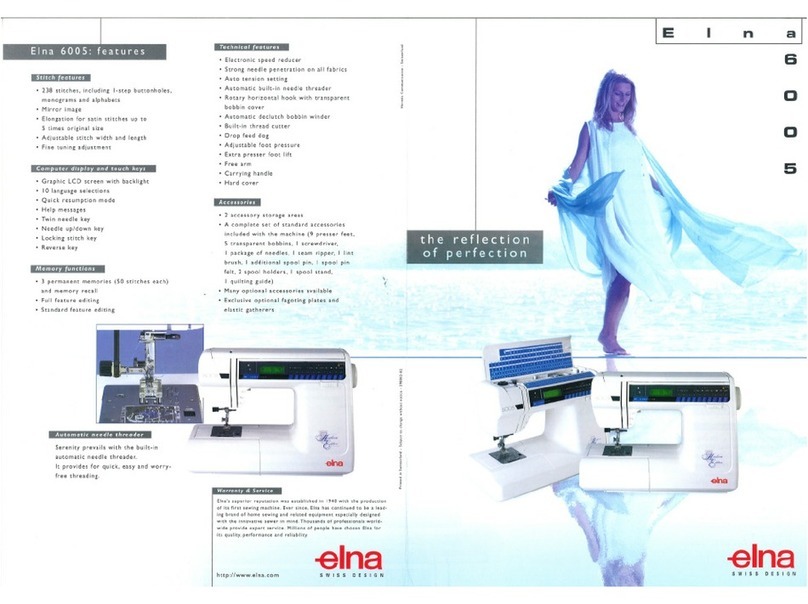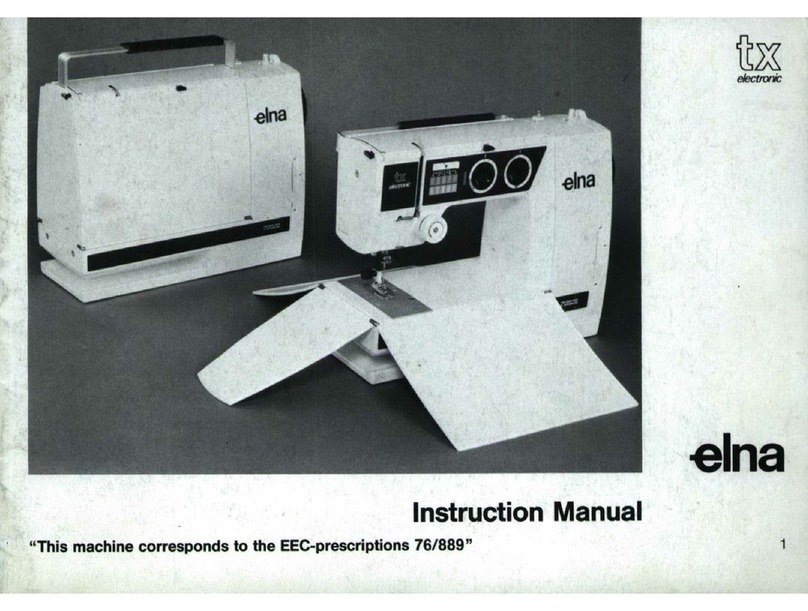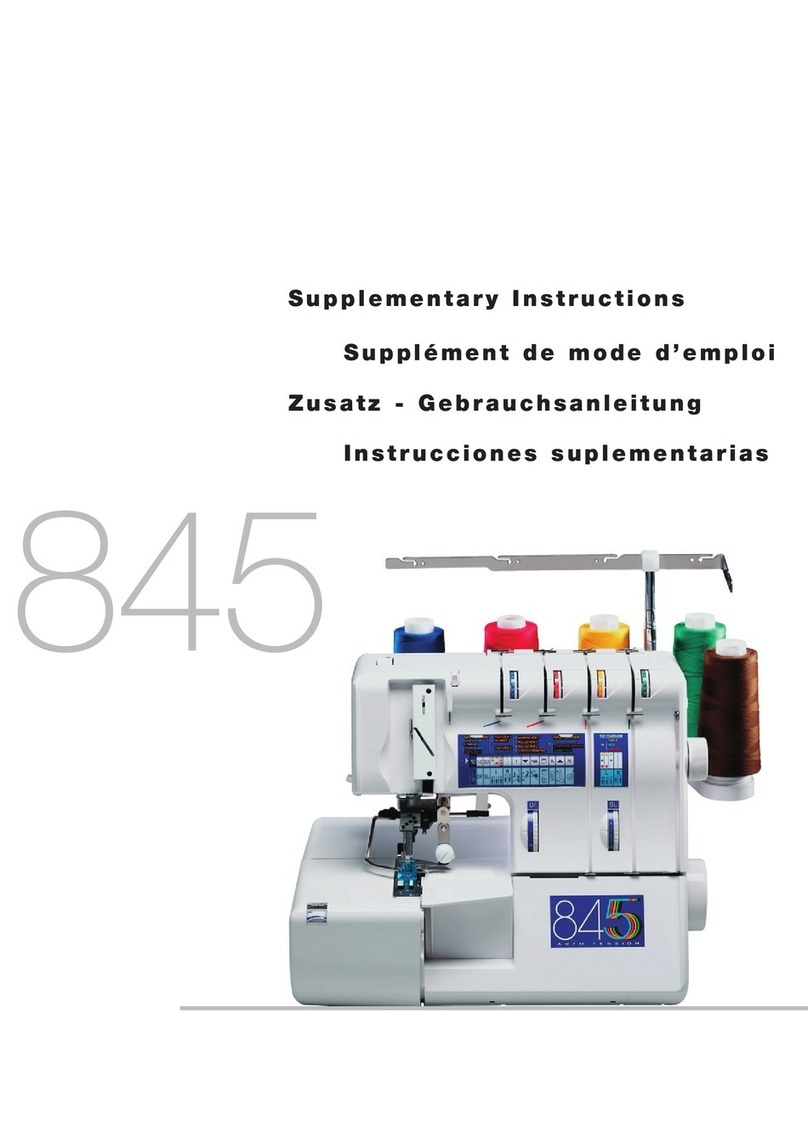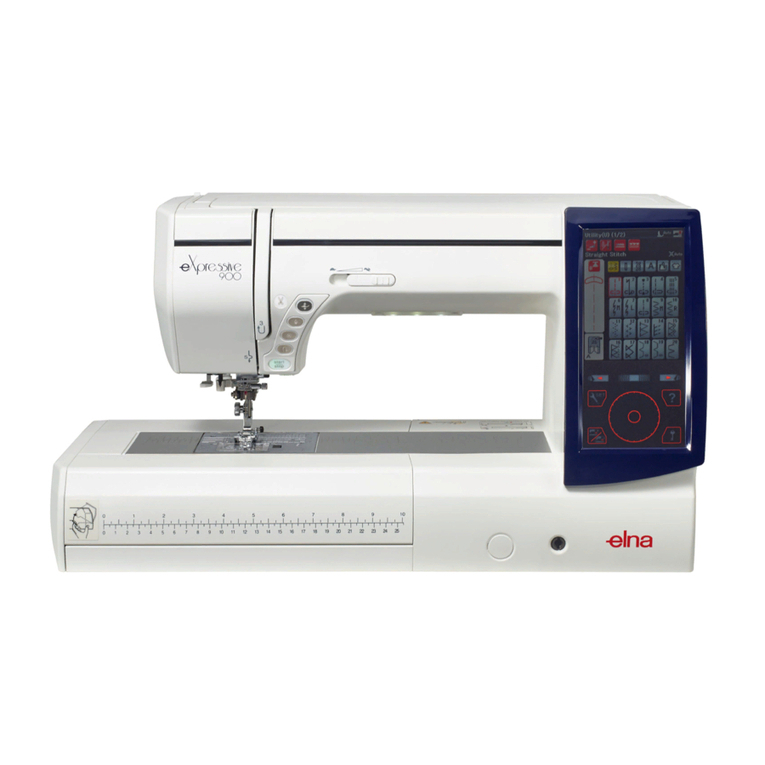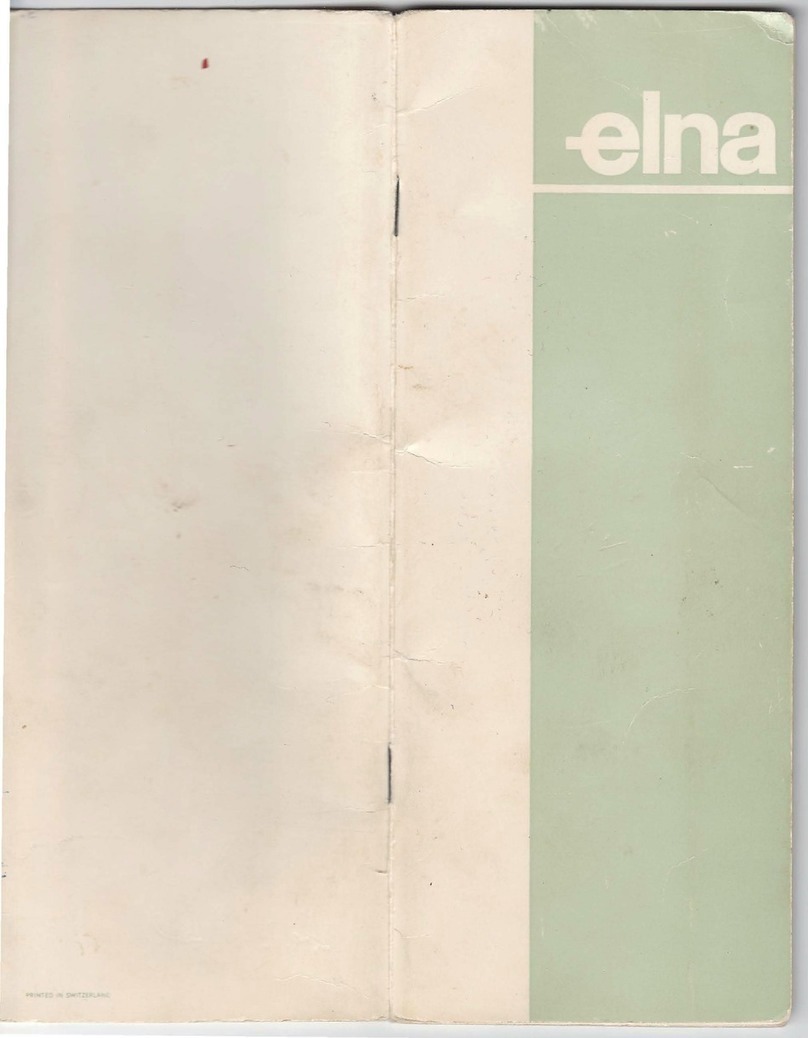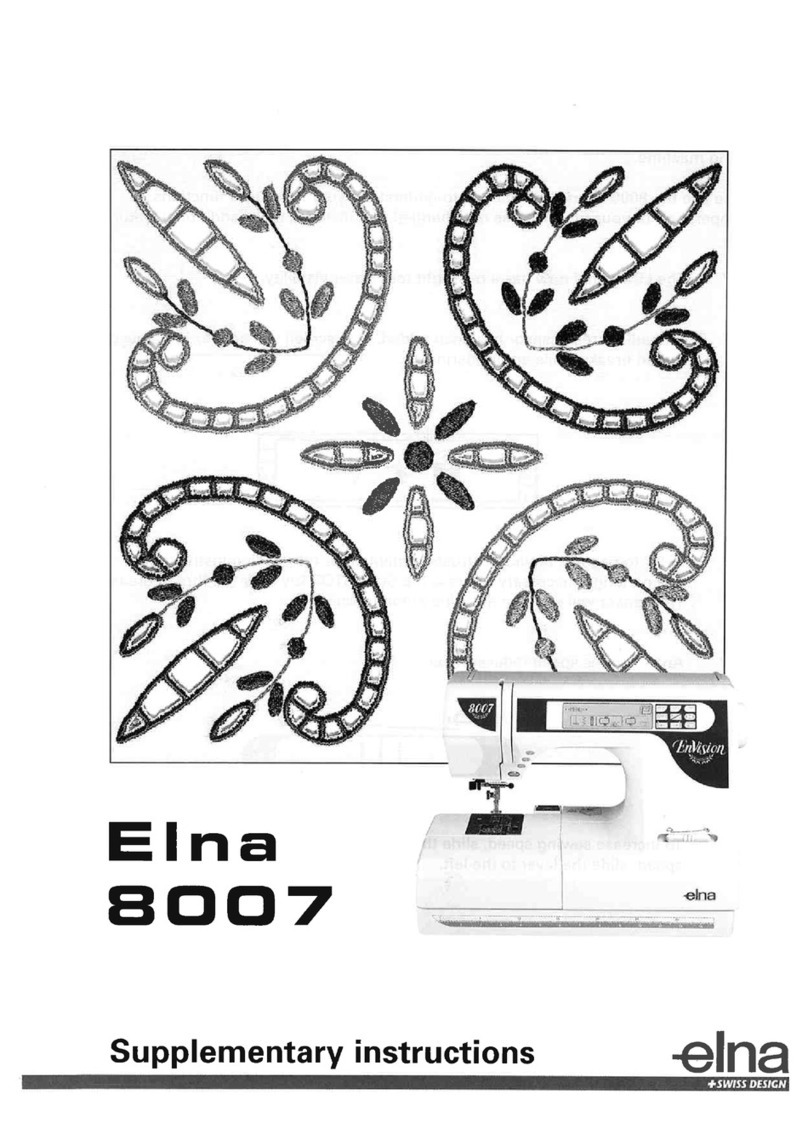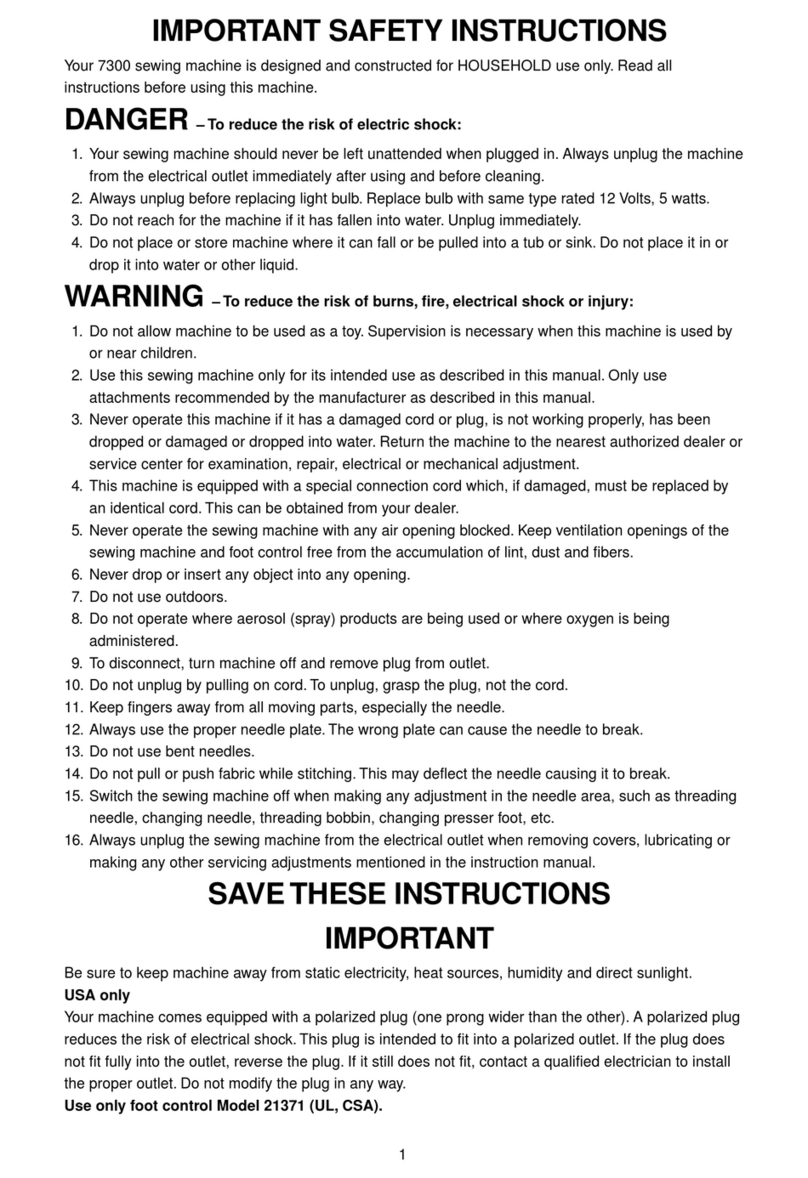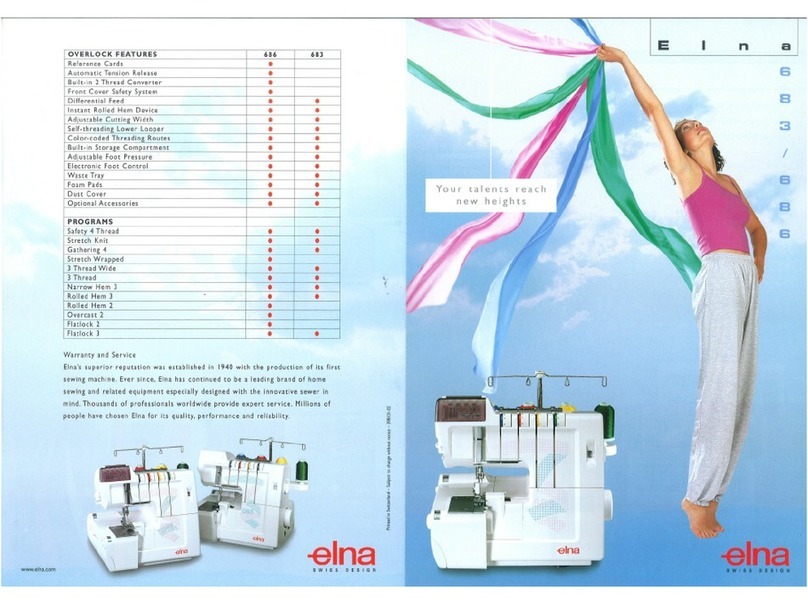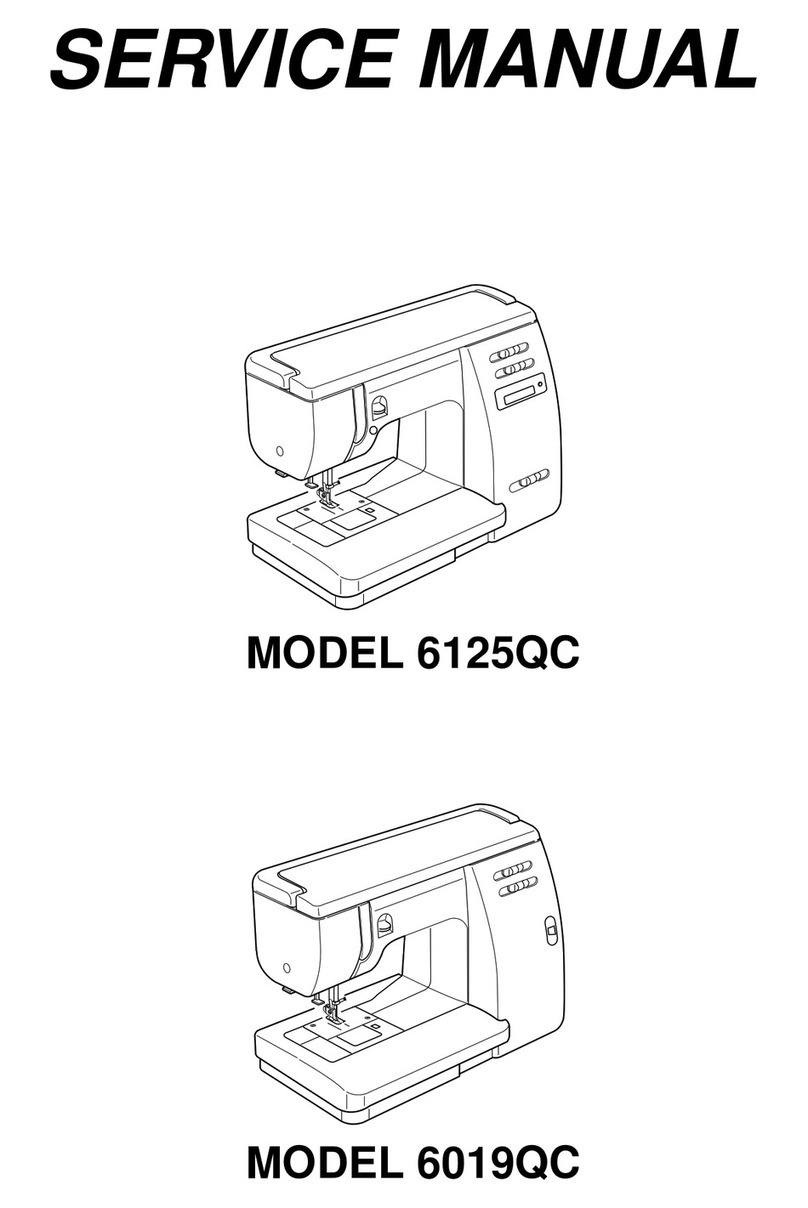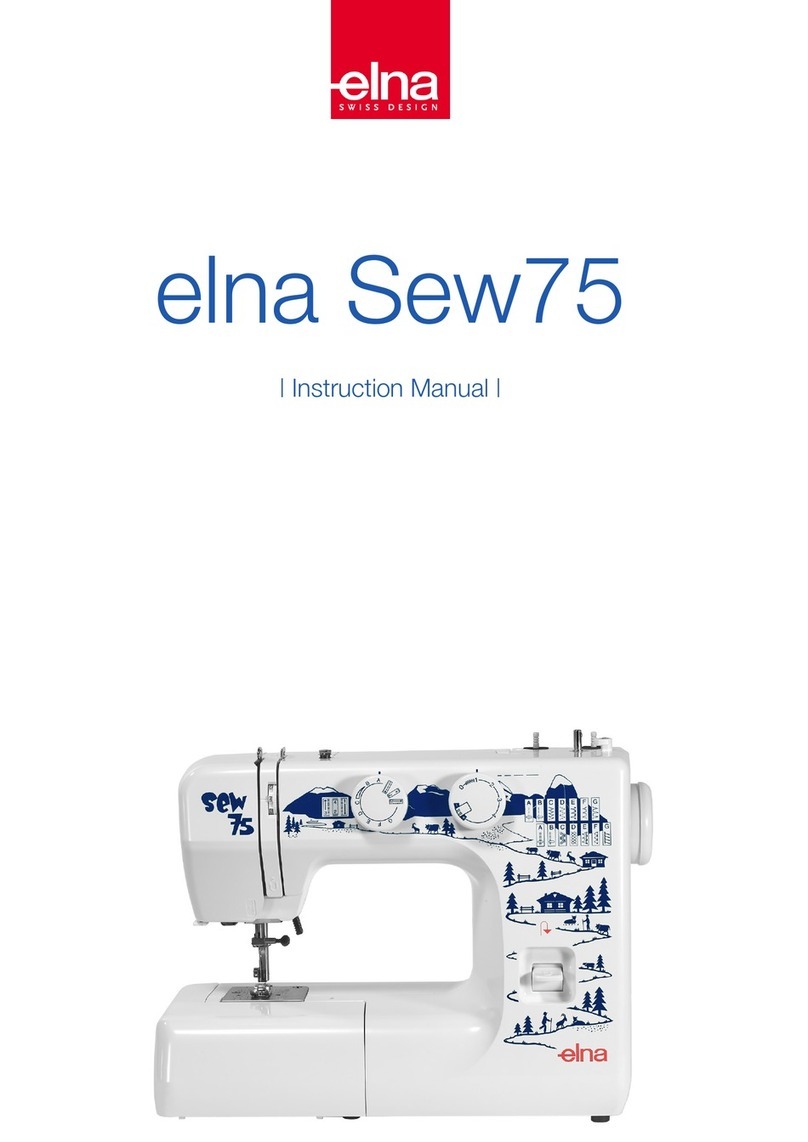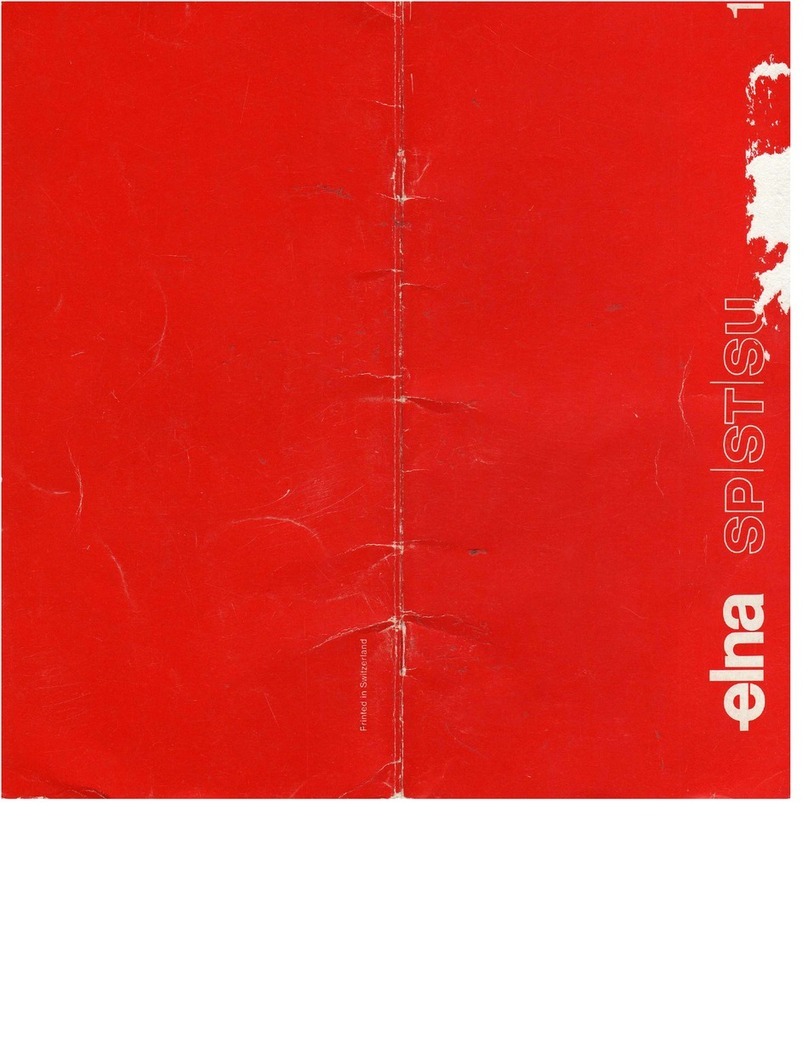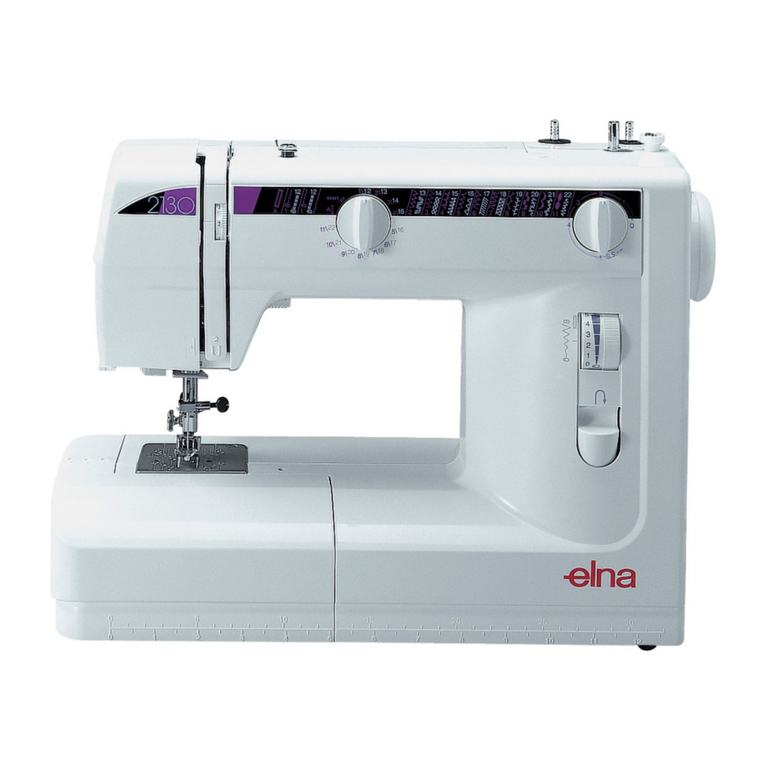CHAPITRE I. DENOMINATION DES COMPOSANTS
Dénomination des composants................................... 5-7
Accessoires standard......................................................7
Rangements des accessoires.........................................9
Volets de protection.......................................................11
CHAPITRE II. SE PREPARER A COUDRE
Raccordement de l’alimentation électrique ...................13
Avant d’utiliser votre machine à coudre.........................13
Releveur du pied-de-biche............................................15
Changer le pied-de-biche..............................................15
Retrait et installation du porte-pied ...............................15
Changer l’aiguille ...........................................................17
Choisir le fil et les aiguilles ............................................17
Définitions d’aiguille.......................................................19
Boutons de commande de la machine.....................21-23
Choisir les motifs...........................................................23
Écran à cristaux liquides ...............................................23
Curseur de réglage de la vitesse ..................................23
Commande de la vitesse de couture.............................23
Bobinage de la canette ........................................... 25-29
Enfilage de la machine .............................................31-35
Réglage de la tension du fil d’aiguille ............................37
Abaisser ou relever la griffe d’entraînement..................39
Correction des motifs de couture à point extensible
déformés ......................................................................39
Mode réglages de la machine .................................41-43
CHAPITRE III. ELEMENTS DE COUTURE
Point droit ................................................................ 45-47
Point Lock-a-Matic.........................................................49
Point stretch triple..........................................................49
Point stretch...................................................................49
Point zigzag...................................................................51
Zigzag multiple ..............................................................51
Point tricot .....................................................................53
Point Super Overlock ....................................................53
Point coquille – point de rose ........................................53
Pose de fermeture à glissière.................................. 55-57
Ourlet roulé....................................................................59
Nervures........................................................................61
Fronces..........................................................................61
Couture des boutons.....................................................63
Ourlet invisible...............................................................65
Appliqué ........................................................................67
Franges .........................................................................67
Point Sculpture ou point de matelassage......................69
Point de patchwork........................................................69
Point faux-jour ...............................................................71
Fixation des élastiques..................................................71
Festons..........................................................................71
Divers types de boutonnières et leurs utilisations.........73
Boutonnière carrée classique...................................73-77
Régler la largeur de point et la densité pour les
boutonnières..................................................................79
Boutonnière cordonnet..................................................81
Boutonnière à oeillet .....................................................81
Points à repriser ............................................................83
CHAPITRE IV. ENTRETIEN DE VOTRE MACHINE
Nettoyage du logement de crochet, de la griffe
d’entraînement et du mécanisme du coupe-fil
automatique...................................................................85
Installation du porte-canette..........................................85
Problèmes et signaux d’alerte.......................................87
Dépannage....................................................................90
TABLE DES MATIÈRES
